Swamp Thangs! Part 2
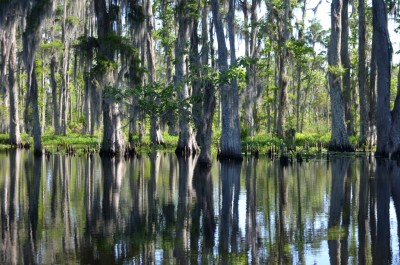
So, these were taken this past week in the Mandalay Wildlife Refuge while working on the PROW project. Just a few photos of interesting things I encountered. Enjoy!
Until next time, enjoy this spring weather! Get outside and do something exciting, and then let me know all about it!
BW

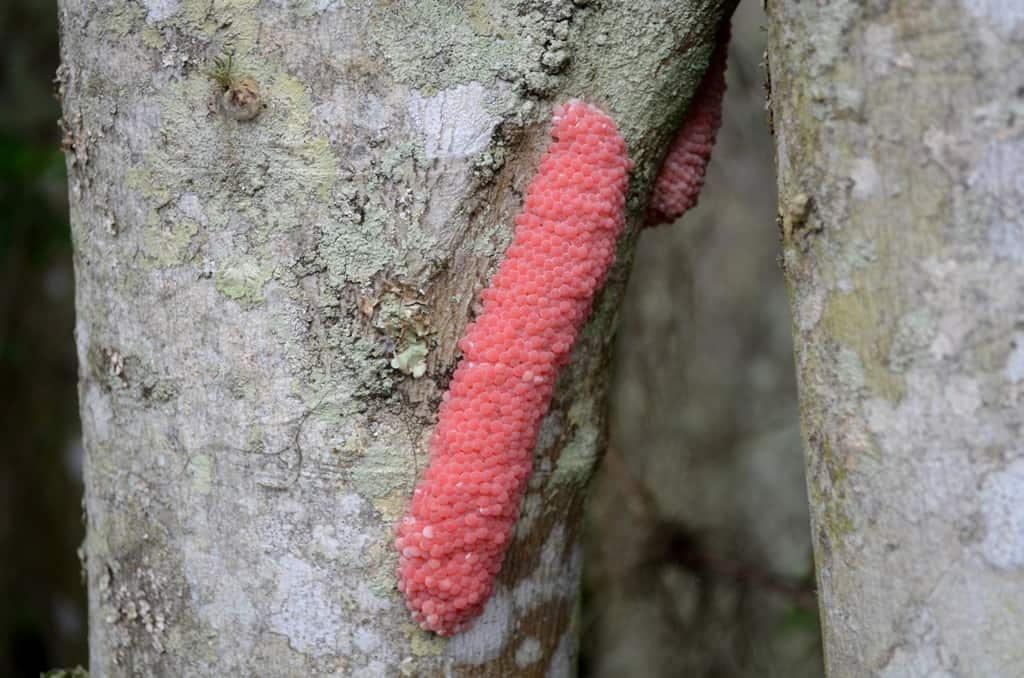

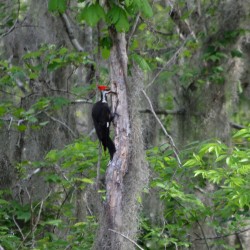

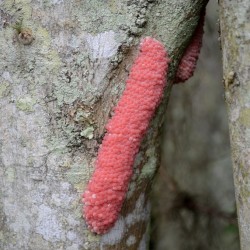
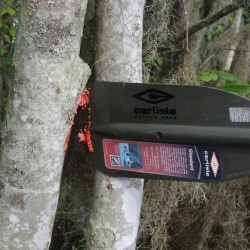
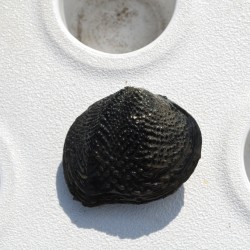
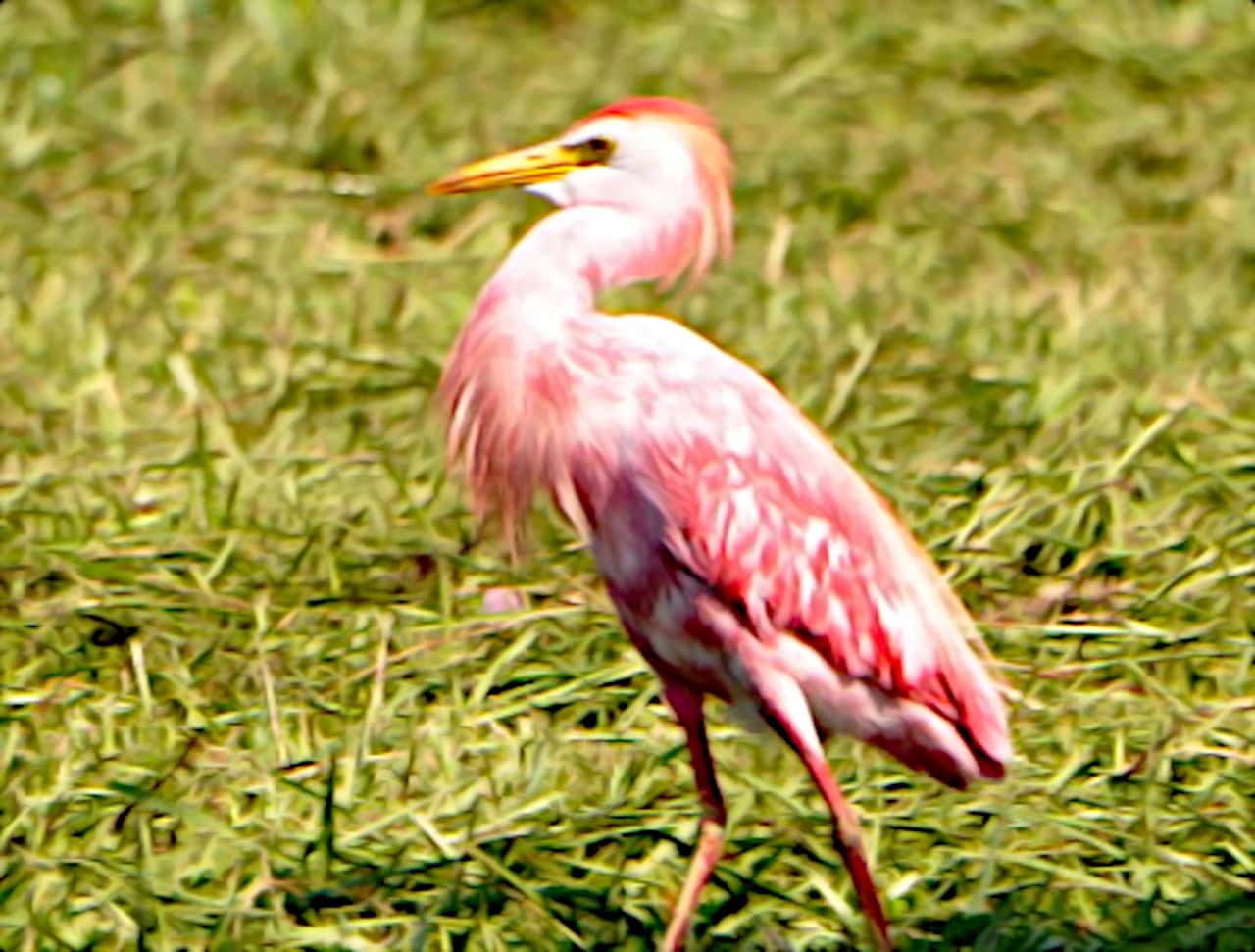


Are fresh water clams edible? I love clams but have never cooked fresh ones.
As BB and I were leaving the tax office a couple weeks ago, I saw a shadow of a bird fly out from under the awning and glanced up. There was a nest made from mud and straw. It was about 6-8″ tall. I told my husband I thought it was a swallows nest.
They are edible, but it’s debatable whether they are tasty or not! I’m not sure this particular species was eaten much, but as evidenced by the still remaining “shell middens”, native Americans ate freshwater mussels many years ago, but these freshwater clams were much smaller in size than the one in the photo!
I did not know that snail eggs looked like that! Have the apple snails always been in south Louisiana? If not,how did they work their way over from FL? Do they lay their eggs on boats too or just vegetation? Sorry if I’ve missed the answer to this somewhere else in something you’ve written.
I have an article about all of this coming out in Country Roads Magazine May issue! No, they have not always been here. The type we have here came from the aquarium trade via people dumping them in ditches and waterways and also in the bilges of ships coming from South America, which is where this species originated. Not to be confused with the native apple snail that thrives in Florida, eaten by limpkins and snail kites there. These did not come from Florida. They lay their eggs on ANYTHING stationary, like pilings, trees, plants, marine debris, etc.
Thank you for all that info! Very interesting! I hope to see the article in Country Roads.
It’s here: http://countryroadsmagazine.com/outdoors/knowing-nature/bad-apples/
After taking a paddle to the eggs, how are they destroyed? Did you have to recover them and dispose of them in a certain way?
They pretty much liquefy when we scrape them off. Ewww! Plus, they only drop into the water as snails once they reach maturity on a dry strata. So, by doing what we do, they don’t get to reach maturity and drop off as baby snails!!!